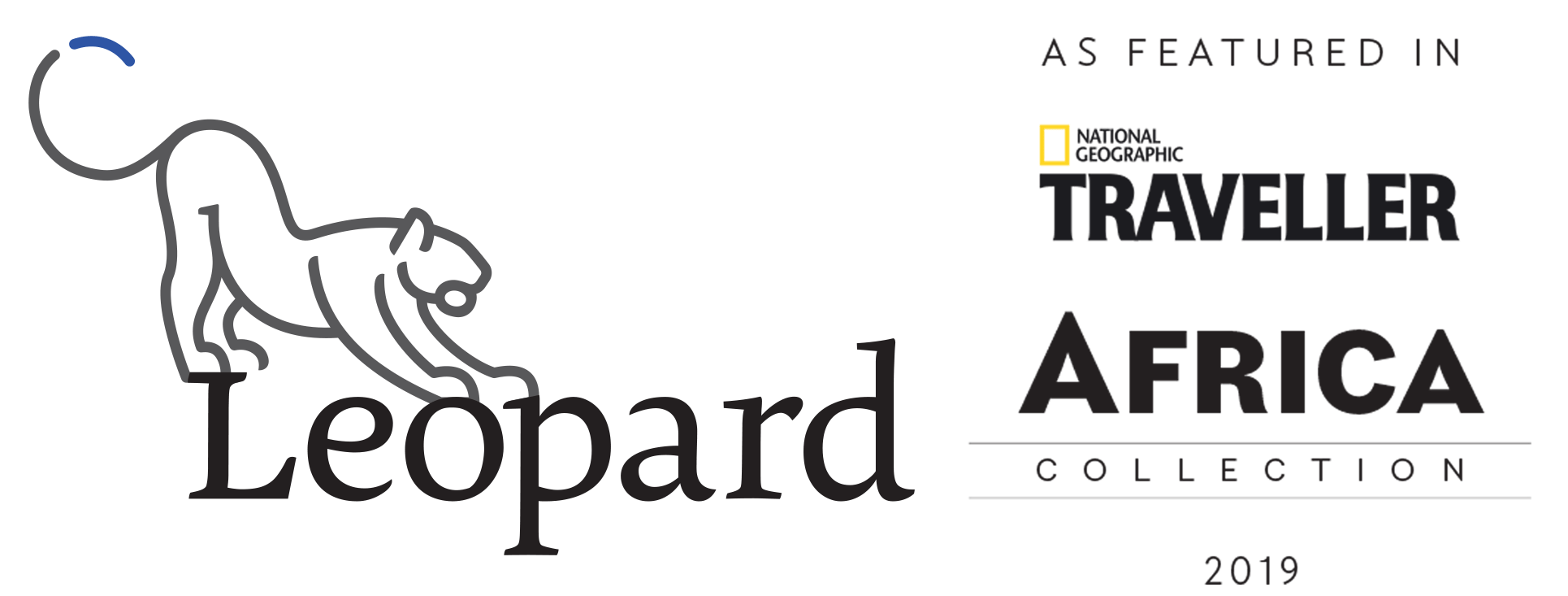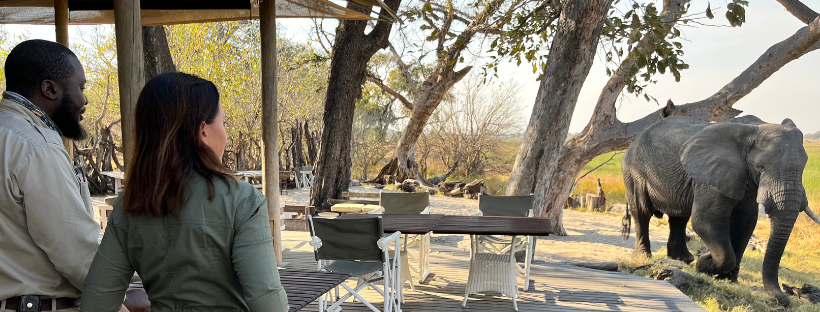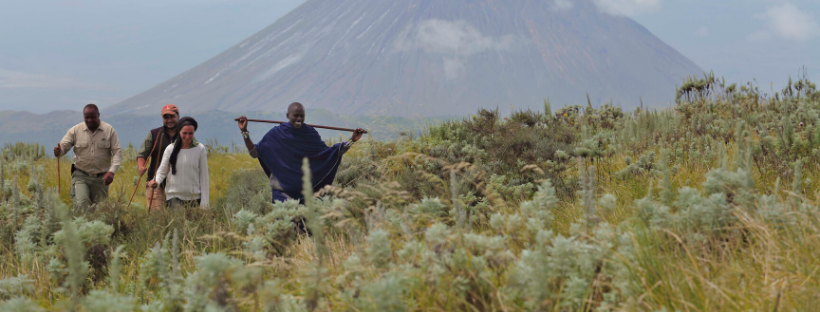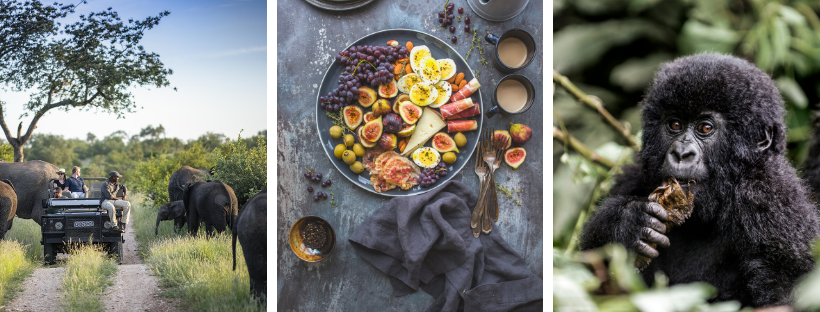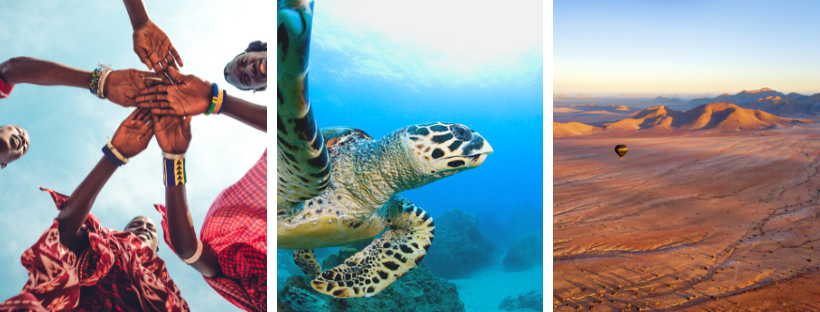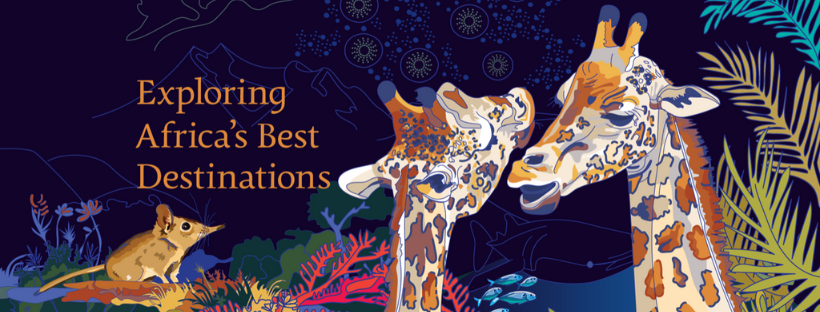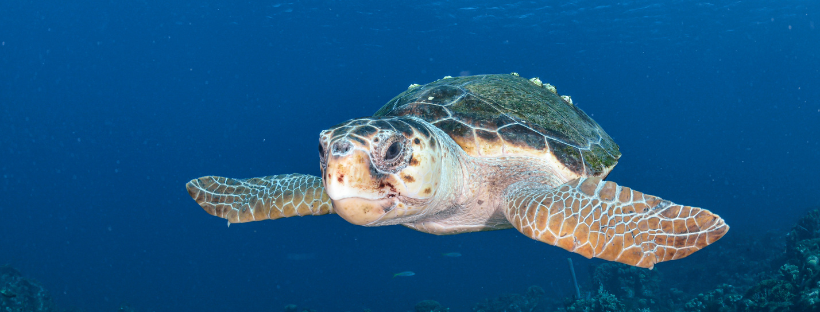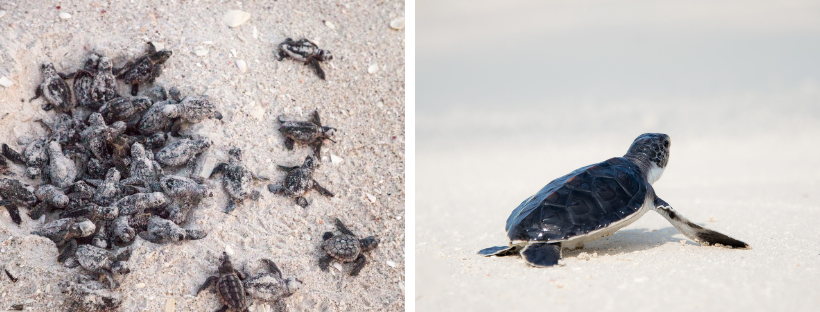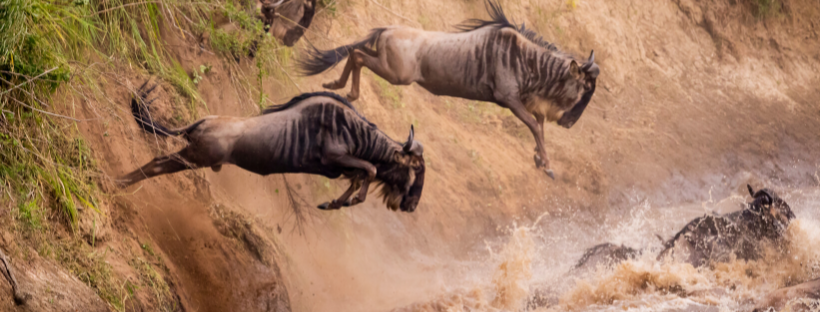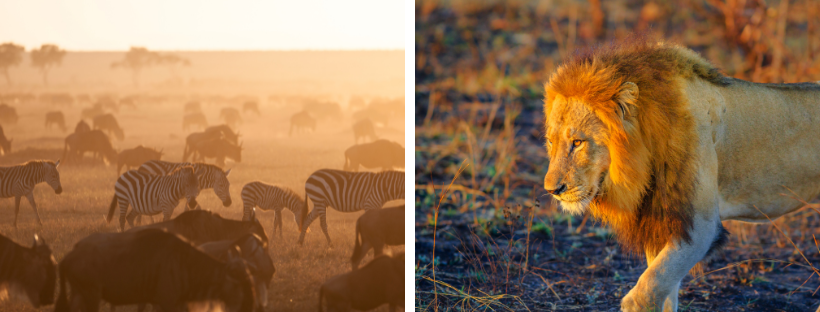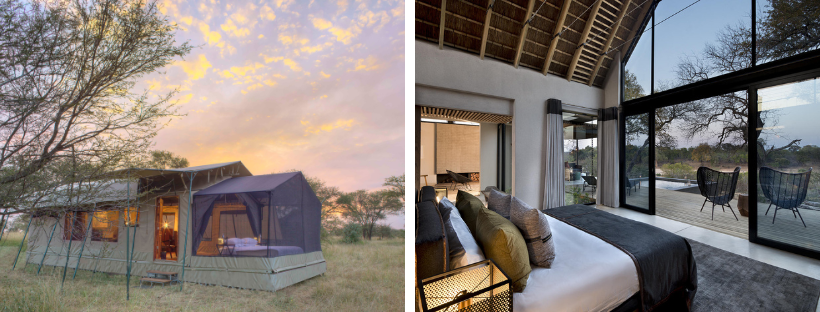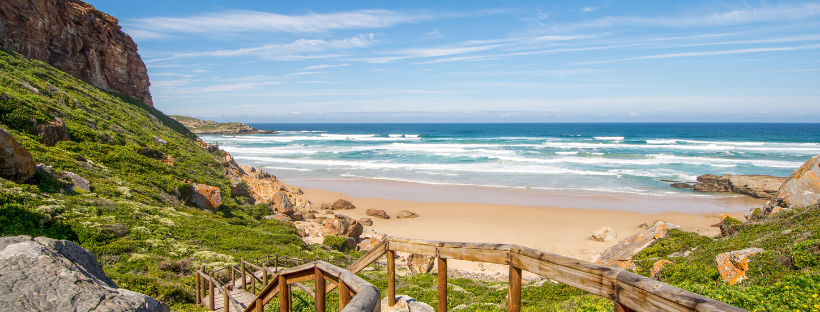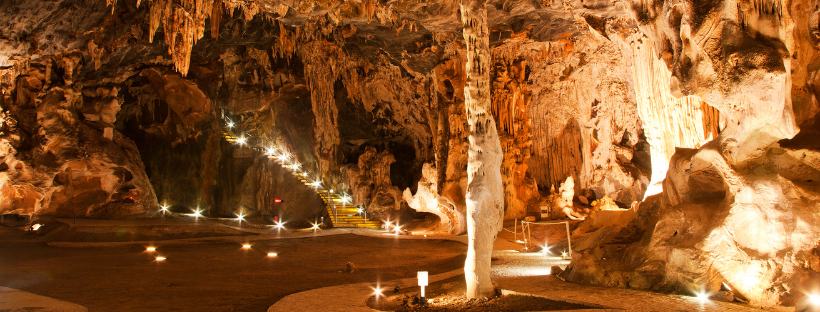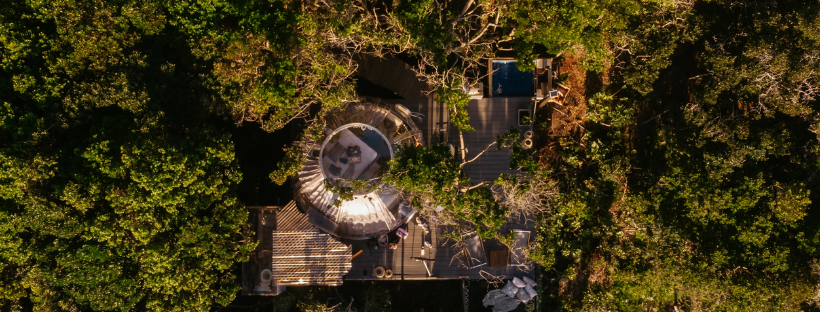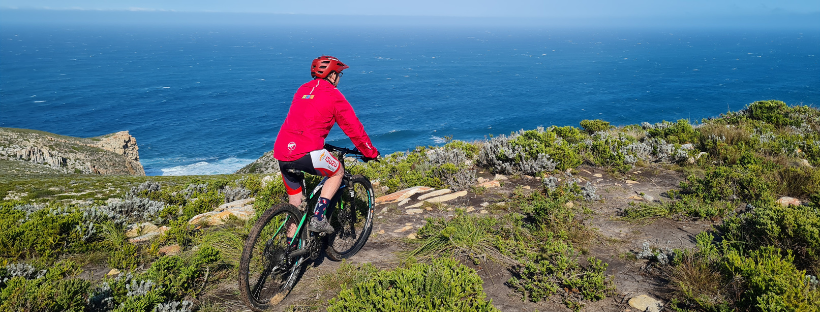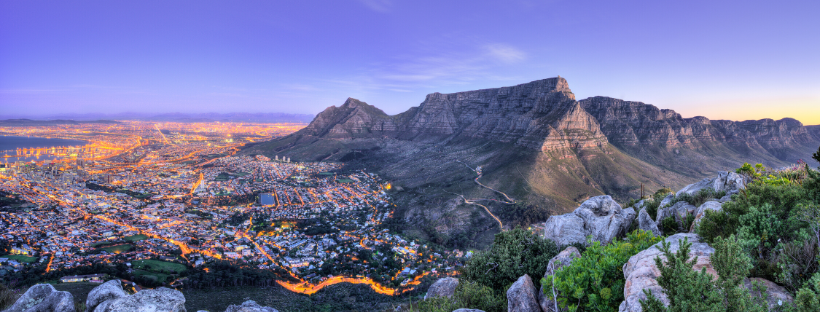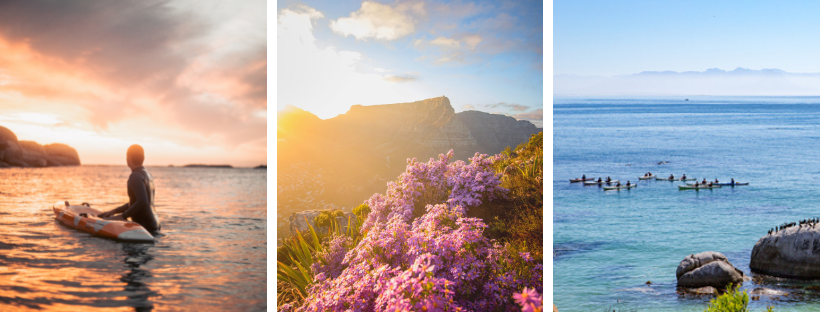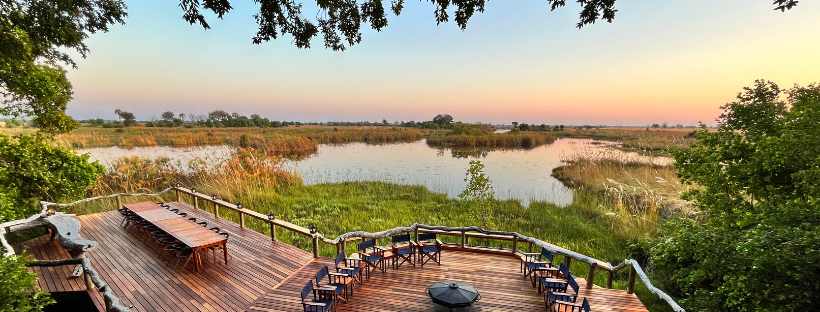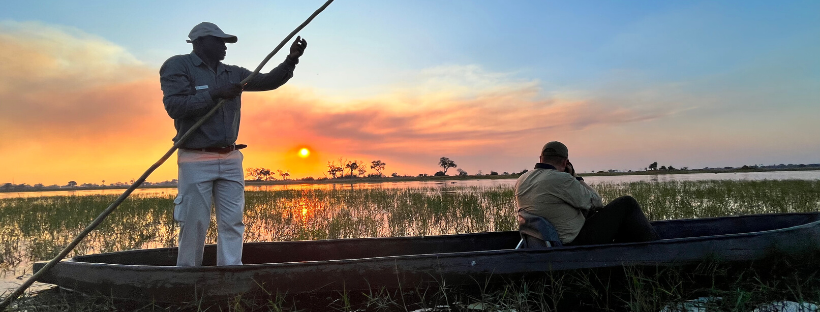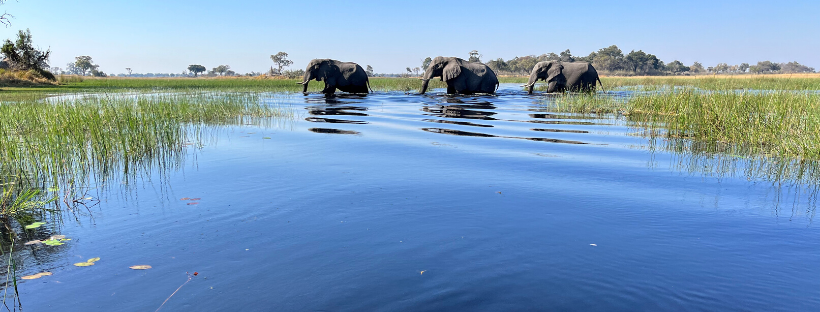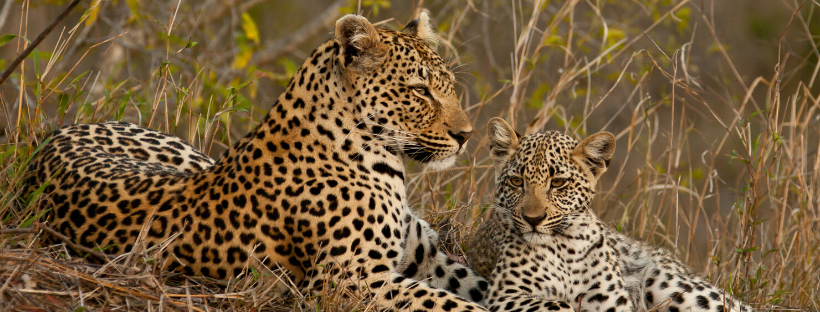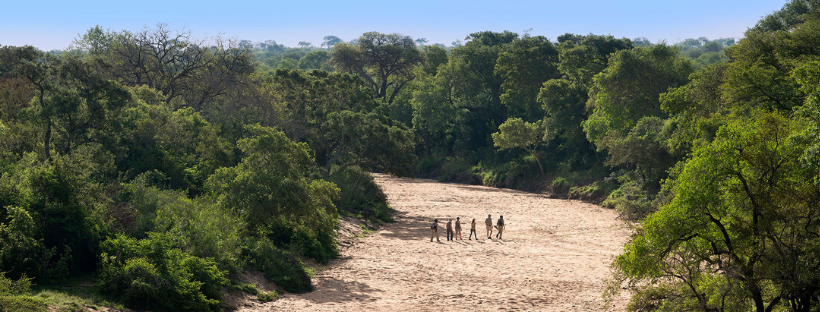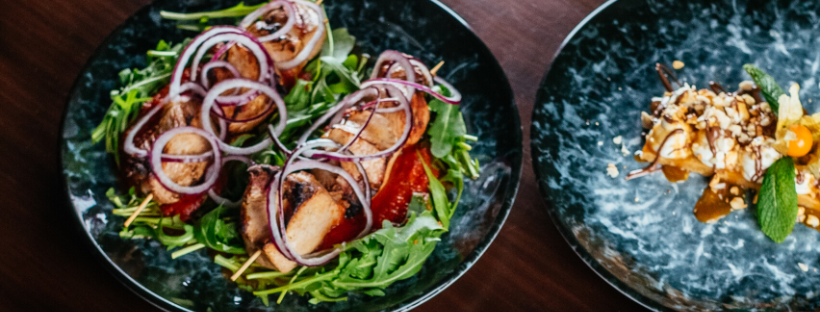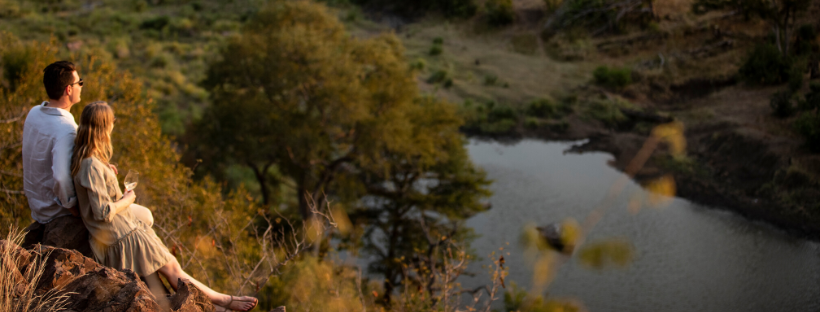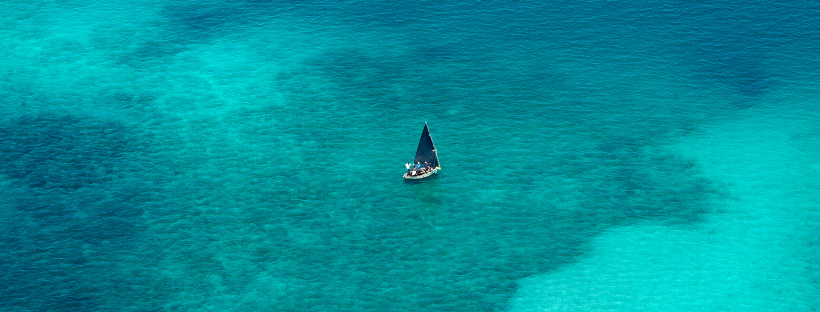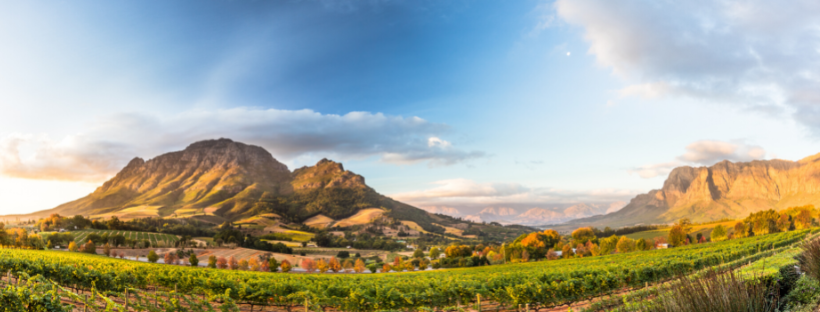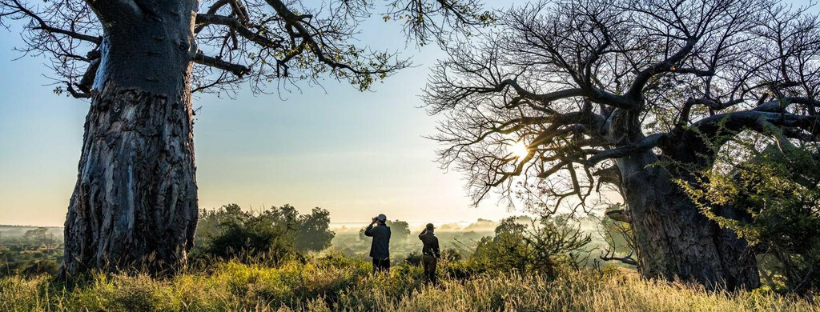The ebb and flow of travel in 2022
In our next newsletter we’ll be sharing Leopard’s selection of destinations to travel to in 2023. For now, however, we take a nostalgic look back on an extraordinary year as it draws to a close.
The best part about 2022 was that people started travelling again. After a shaky start, travel reemerged with a vengeance. People don’t want to wait to do that long-desired family trip with elderly parents and siblings, or that bucket-list road trip with their children, or a safari adventure with their beloved. Rightly so, as nobody knows what the future holds.
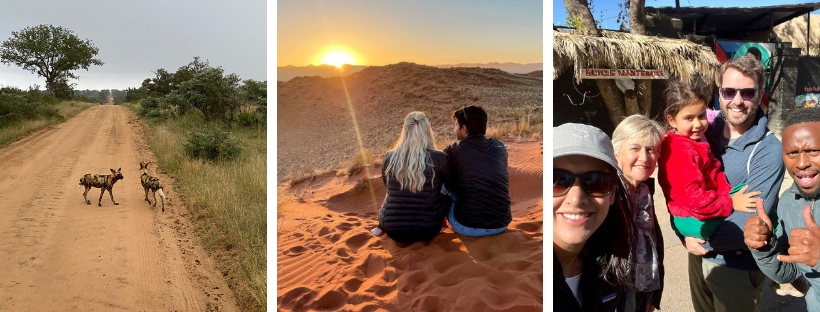
For Leopard, 2022 started off slowly. The Covid omicron variant caused the world to panic at the end of 2021, and led to flight bans to South Africa and subsequent holiday cancellations. This meant that 2022 didn’t take off in the way that the local travel industry had hoped.
However, the year improved considerably. Over two hundred valued clients travelled with us in 2022. We did hotel visits in South Africa, Zanzibar, Mozambique and the Okavango Delta. We also added four new African countries to the destinations we offer, bringing the total to sixteen!
Helen, a longtime family friend, joined our team, taking on a big load of administration and finance work. She has made a huge difference in our operations already. I’m fortunate to work with six highly competent women who are incredibly motivated and good at what they do. They give their best every day for Leopard and our clients, something which I deeply appreciate.
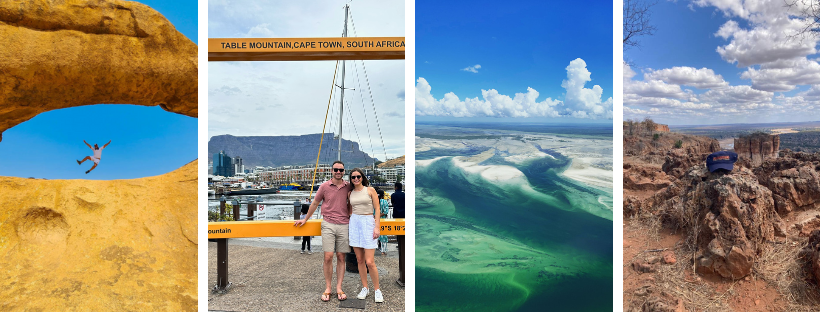
Most importantly, this year, our clients got to experience that exhilarating feeling of travelling again! They did road trips through Namibia, encountered incredible African wildlife and celebrated special family times in Mauritius, Zanzibar and Seychelles. They also spotted migrating southern right whales, observed nesting turtles, saw the rare dugong in Mozambique, ate incredible local food, drank world-class wine, and enjoyed the warm hospitality of the African people. Without clients, we would not have work, so thank you to each and every one – your support means a lot!
And finally, thank YOU for being part of the Leopard community and keeping in touch through our newsletter. We wish you a very happy New Year, and we look forward to welcoming you to Africa in 2023.
Best regards,
Diana and the Leopard Team
P.S. Take a look at our highlights from 2022, in this video:
Sign up for more newsletters like this here: https://mailchi.mp/2e4afa50d15f/leopard

